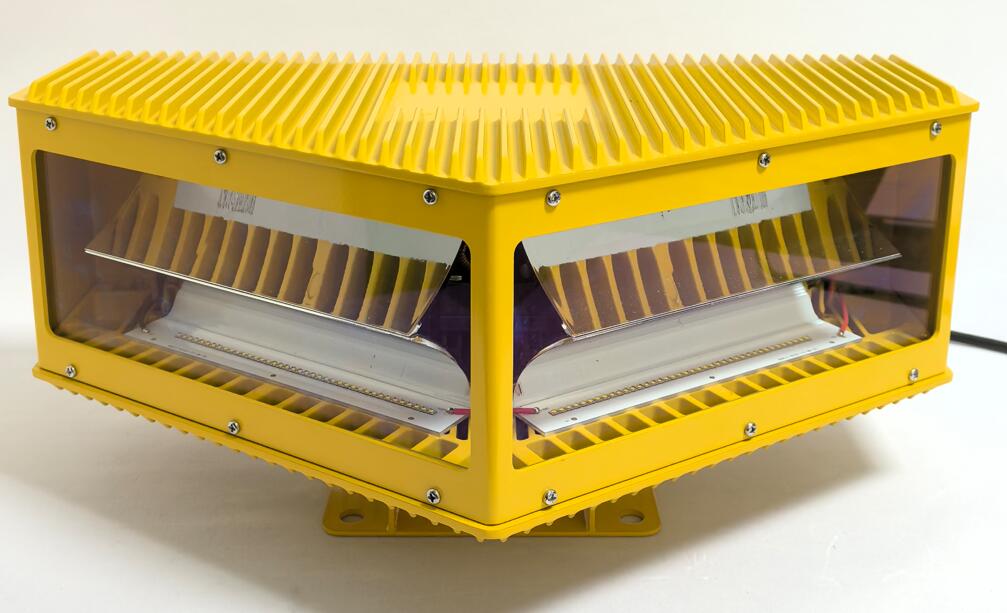Aviation light fixtures play a crucial role in ensuring the safety and efficiency of air travel. These specialized lighting systems guide pilots during takeoff, landing, and taxiing, while also improving visibility in low-light conditions. With advancements in LED technology, energy efficiency, and smart control systems, modern aviation light fixtures are becoming more reliable and sustainable. This article explores the latest trends, applications, and benefits of these essential components in aviation infrastructure.
Key Functions of Aviation Light Fixtures
Aviation light fixtures serve multiple purposes, each contributing to the overall safety of air navigation:
Runway Lighting – High-intensity runway edge lights, centerline lights, and threshold lights help pilots maintain proper alignment during landing and takeoff.
Taxiway Guidance – Blue-colored taxiway lights assist ground movement, preventing runway incursions.

Obstruction Warning – Red beacon lights on towers and buildings alert pilots to potential hazards.
Approach Lighting Systems (ALS) – These fixtures provide visual cues for pilots during the final approach phase.
Technological Advancements in Aviation Light Fixtures
Recent innovations have significantly improved the performance and durability of aviation light fixtures:
| Aviation Light Fixtures | Aviation Light Fixture |
1. LED Adoption
Traditional incandescent and halogen lights are being replaced by LED-based aviation light fixtures due to their:
Longer lifespan (up to 100,000 hours)
Lower power consumption
Enhanced brightness and visibility
2. Smart Control Systems
Modern lighting systems integrate with airport management software, allowing for:
Remote monitoring and diagnostics
Automated brightness adjustment based on weather conditions
Predictive maintenance to reduce downtime
3. Solar-Powered Solutions
Some airports are adopting solar-powered aviation light fixtures for remote runways and helipads, reducing dependency on grid electricity.
4. Enhanced Durability
New materials and coatings improve resistance to extreme weather, UV exposure, and corrosion, ensuring reliable operation in harsh environments.
Applications Across Aviation Sectors
Aviation light fixtures are used in various settings:
Commercial Airports – High-intensity runway and taxiway lighting for large aircraft.
Military Airbases – Specialized lighting with anti-glare and low-visibility features.
Helipads and Vertiports – Compact, high-visibility fixtures for urban air mobility (UAM) applications.
General Aviation – Smaller airstrips and private airports utilize cost-effective yet reliable lighting solutions.
Future Trends in Aviation Light Fixtures
The aviation lighting industry is evolving with emerging trends such as:
Integration with IoT – Real-time data collection for optimized performance.
Sustainable Designs – Further adoption of renewable energy sources.
Advanced Materials – Lighter and more robust fixtures for easier installation and maintenance.
Aviation light fixtures are indispensable for safe and efficient air travel. With continuous advancements in LED technology, smart controls, and sustainable solutions, these lighting systems are set to become even more efficient and reliable. As air traffic grows, the demand for innovative aviation light fixtures will only increase, reinforcing their critical role in modern aviation infrastructure.
By embracing these innovations, airports and aviation authorities can enhance operational safety while reducing energy consumption and maintenance costs—ensuring a brighter future for air travel.